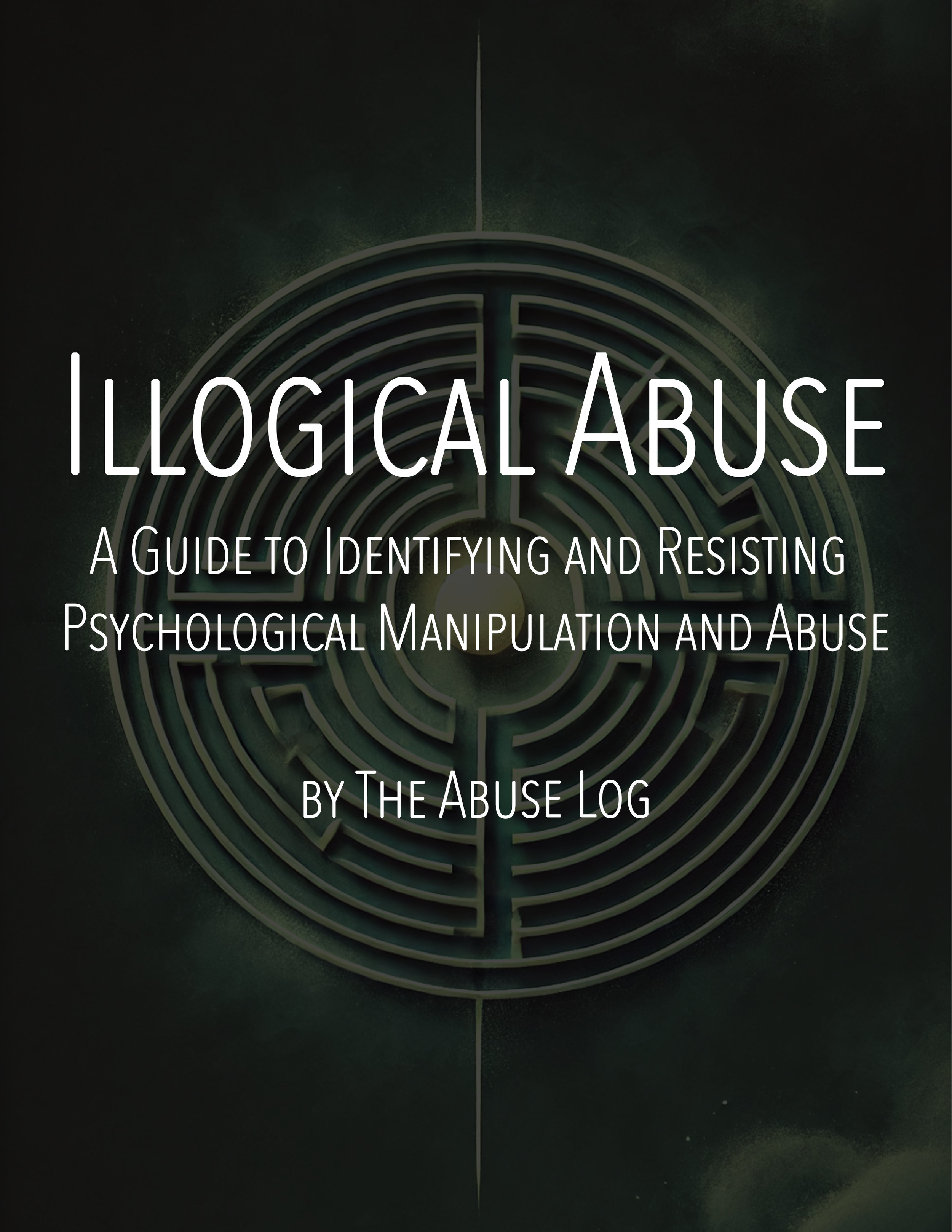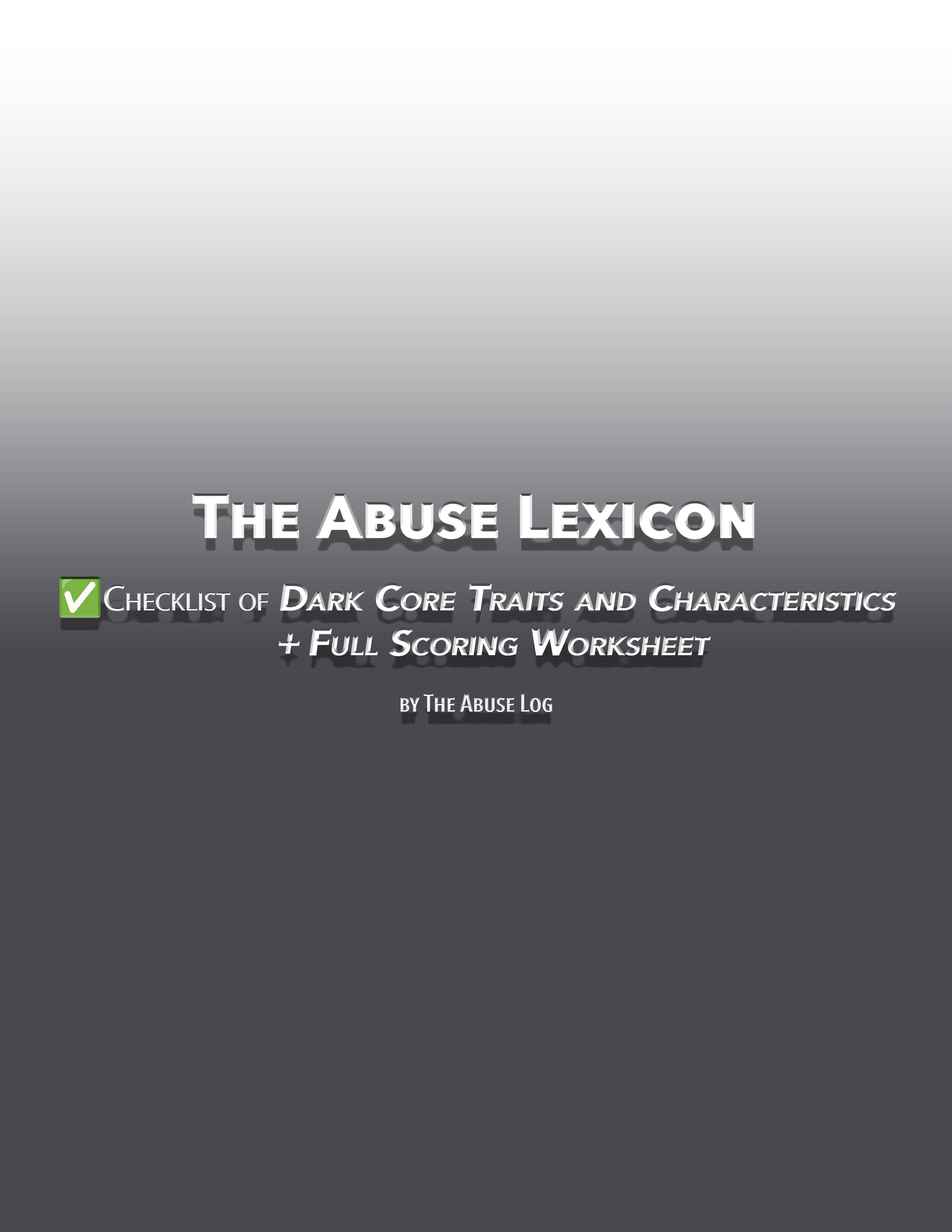How to Handle the Silent Treatment in a Relationship
Communication is the foundation of any healthy relationship. Whether in romantic partnerships, friendships, or family dynamics, open dialogue is essential for trust, connection, and resolution of conflicts. However, one of the most damaging communication tactics is the silent treatment. This form of emotional withholding can create deep wounds, foster resentment, and erode the very foundation of the relationship.
Silent treatment is often used as a passive-aggressive tool to express displeasure, gain control, or punish the other person. If left unchecked, it can lead to emotional distress, confusion, and even long-term psychological effects. Understanding why people use the silent treatment and how to handle it effectively can help preserve your emotional well-being while fostering healthier relational dynamics.
Understanding the Silent Treatment
Why Do People Use the Silent Treatment?
The silent treatment often stems from emotional immaturity, an inability to express feelings constructively, or a desire for control. Here are some of the common reasons why someone might use it:
Avoidance of Conflict: Some individuals feel overwhelmed by confrontation and use silence as a way to escape dealing with uncomfortable emotions.
Exerting Power and Control: Silent treatment can be a manipulative tactic where one person tries to control the emotions or actions of another.
Emotional Overload: A person may withdraw into silence because they feel emotionally flooded and unable to process their feelings in the moment.
Punishment: It can be used as a means of punishing the other person, making them feel guilty, anxious, or desperate for reconciliation.
Learned Behavior: Those who grew up in environments where communication was poor or conflict was handled with withdrawal may replicate this pattern in adulthood.
Understanding the intent behind the silent treatment can provide clarity and guide you in responding effectively.

The Emotional Toll of the Silent Treatment
The silent treatment is not just frustrating—it can be deeply harmful. It can:
Create feelings of rejection and abandonment
Lead to heightened anxiety and self-doubt
Encourage unhealthy power imbalances in relationships
Suppress open communication and emotional expression
Contribute to emotional abuse if used chronically
For individuals who have experienced neglect or abandonment in their past, silent treatment can trigger deep emotional wounds. It’s important to recognize when this behavior is damaging to your mental health and address it constructively.
How to Handle the Silent Treatment Effectively
1. Remain Calm and Grounded
Your first reaction might be frustration, panic, or anger, but reacting emotionally can escalate the situation. Instead:
Take a deep breath and remind yourself that their silence is about them, not you.
Avoid retaliating with silence or angry outbursts.
Maintain emotional control so you can handle the situation rationally.
2. Give Them Space, But Set a Timeframe
If the silent treatment is a reaction to overwhelming emotions, giving them space might be necessary. However, it’s important to establish boundaries.
Let them know you respect their need for space but expect healthy communication at some point.
If they refuse to talk for an extended period, set a boundary by stating, “I’m willing to talk when you’re ready, but I can’t engage in indefinite silence.”
Don’t enable the behavior by constantly seeking their attention or approval.
3. Seek Understanding, Not Just Reconciliation
Instead of rushing to make amends just to break the silence, try to understand the root cause of their behavior.
Ask open-ended questions like, “I notice you’re not speaking. Is there something on your mind?”
Express your willingness to listen without forcing them to talk.
If they refuse to engage, let them know you’re available when they’re ready.
4. Address the Pattern, Not Just the Instance
If the silent treatment is a recurring issue, addressing it at a deeper level is necessary.
Express how their silence makes you feel using ‘I’ statements: “I feel hurt and disconnected when you stop talking to me.”
Set clear expectations: “I need us to talk through issues instead of shutting down.”
If they are unwilling to change, consider whether this is a dynamic you want to continue tolerating.
5. Protect Your Emotional Well-being
If someone repeatedly uses the silent treatment as a manipulation tool, you need to protect yourself.
Prioritize self-care by focusing on hobbies, work, or other fulfilling relationships.
Don’t beg or plead for attention—this reinforces the power imbalance.
Seek support from friends, a therapist, or trusted individuals to process your emotions.
If the behavior is emotionally abusive, consider whether the relationship is worth maintaining.
When to Walk Away
Not all relationships can be salvaged, and some people use silent treatment as a chronic form of emotional abuse. If:
The person refuses to acknowledge how their behavior affects you
Silent treatment is used as a power and control mechanism rather than as a temporary reaction
The relationship feels toxic, one-sided, or emotionally draining
Then it may be time to evaluate whether this relationship is worth your emotional investment.
Final Thoughts
Silent treatment is a destructive communication pattern that can damage relationships and emotional well-being. While it’s natural for people to need space sometimes, prolonged silence as a form of punishment or control is unhealthy. By remaining calm, setting boundaries, and fostering open dialogue, you can navigate these situations with confidence and protect your mental health. If someone repeatedly uses silent treatment in an unhealthy way, it may be time to reconsider the relationship’s value in your life.
At the heart of any strong relationship is mutual respect and communication. The best way forward is to encourage honesty, vulnerability, and a commitment to resolving conflicts in a way that strengthens rather than weakens the bond between two people.







![The Abuse Log Notion Template [Basic]](https://images.squarespace-cdn.com/content/v1/65b9553c448d7e5b0ec1dfcd/4c83e581-b720-4cbe-83b1-2d72e7a9ac8a/Logo+Gumroad-Basic.png)
![The Abuse Log Notion Template [Advanced]](https://images.squarespace-cdn.com/content/v1/65b9553c448d7e5b0ec1dfcd/c3bb150a-a911-4f91-a23e-3621b98a2d55/Logo+GumroadAdvanced.png)
![The Abuse Log Notion Template [Professional]](https://images.squarespace-cdn.com/content/v1/65b9553c448d7e5b0ec1dfcd/7fa18cea-edf4-4325-8234-13f3527579c2/Logo+GumroadProfessional.png)
















































